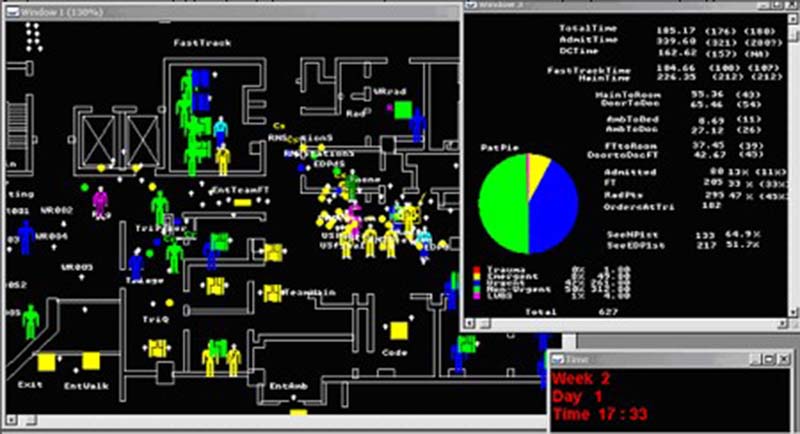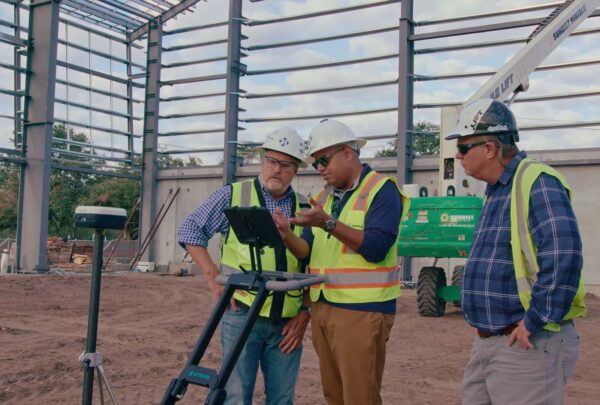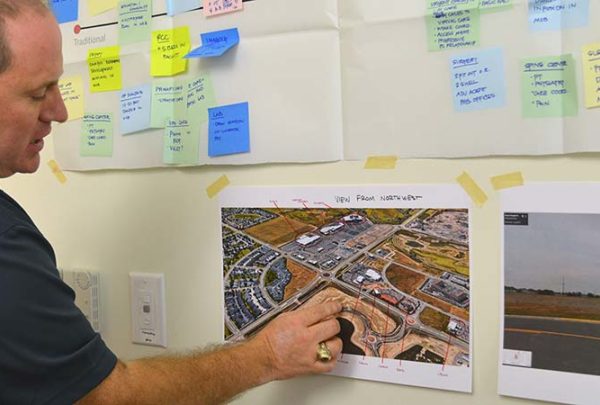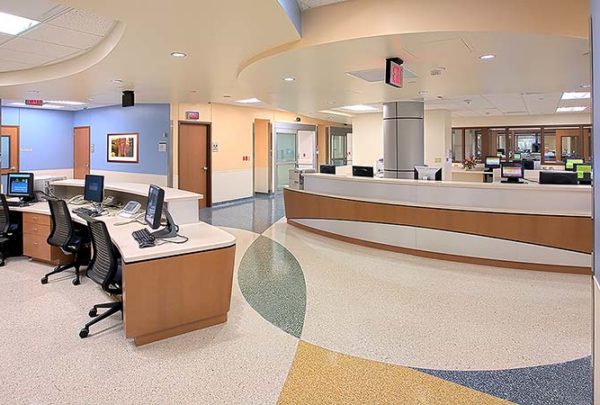After every conference presentation we give, at least one clinical department director will approach us and proclaim, “We just moved in, it’s beautiful, but it doesn’t work!”
Common signs that a new or newly renovated hospital department doesn’t function optimally:
- You may have long waiting queues
- Long process times (that should be short)
- Duplication of tasks
- Wrong staff completing tasks
- Not enough of something
- Too many of something else
- Missing functions altogether
- Things not in the right place related to each other (adjacency)
- Obsolescence (e.g. registration cubes up front)
- No ability to handle surge capacity
- Areas that do not flex into each other or serve multiple functions
We often find that the physical space has been considered, while planning around an ideal patient workflow has not. Hence, when new or refreshed departments open, many of the same challenges encountered in a previous department are carried forward into the new department.
There are several risks in moving into a new space without knowing how it will perform. There is a risk of using every available space the very first day. There is a risk of being understaffed the very first day. There is a risk that a waiting room full of unsafe, unhappy patients will not only refuse to return, but also tell their friends about their poor experience. A public relations nightmare has a substantial impact on the bottom line.
For those organizations, we suggest that it’s never too late to consider ideal workflow. A focus on continuous improvement should be part of the staff culture anyway, and the associated costs and risks are low.

In these situations, we use computer simulation modeling to validate both the appropriate number of spaces and the ideal process flow. We can virtually test changes before they are made without consequence, testing multiple variables independently or in combination with one another.
For those who are convinced that yet even more space will solve all problems, we execute one scenario that adds as many new beds as can possibly be added. For comparison, we execute a second scenario where the existing space remains the same and only operational processes are changed.
When focusing exclusively on additional capacity, in nearly every case the simulation model shows that length of stay will actually go up (because there are more places to “store” patients). Conversely, when we focus solely on process change scenarios and make no change to capacity, length of stay is improved.
Further, we project the number of treatment spaces truly needed at future volumes. As demonstrated in the chart below showing future bed need in an emergency department, we show the percentage of time each additional bed is occupied as annual patient volume increases, so that staff can see when it is time to grow again.

It is understandable why a charge nurse would make the decision to room a waiting patient—the capacity is there and available. The challenge is having staff available to take care of that patient.
Instead, in these circumstances we propose that departments prioritize the flow of the patients already being treated, so that fewer spaces (and staff) are required.
If a project is already complete, we can work with the staff to determine the best use of the space they have been given. If the department is under construction, perhaps there is some minimal redesign that can be considered without (too much) impact to the budget, and with no impact to the schedule.
Regardless of the physical planning that has already occurred, you still need to protect your investment and plan for how you will manage patient care, determine appropriate staffing coverage, and adapt as patient needs change.









































































































